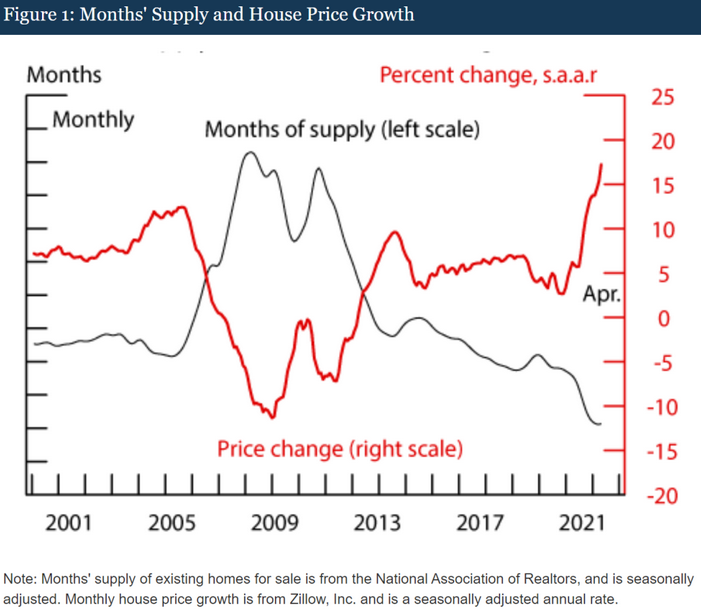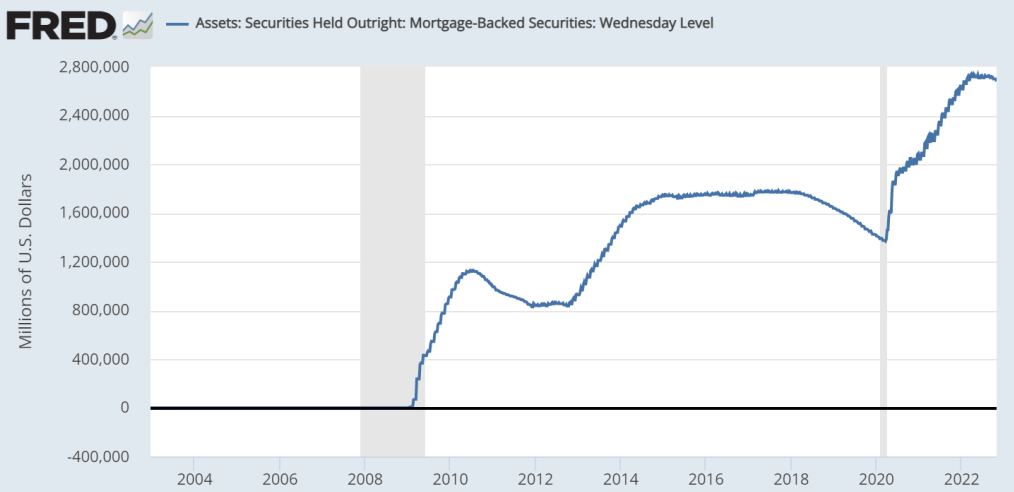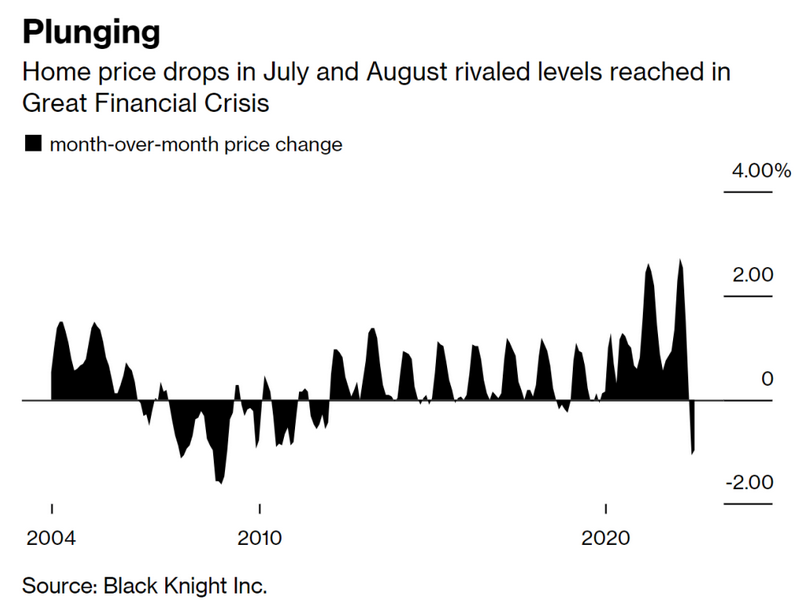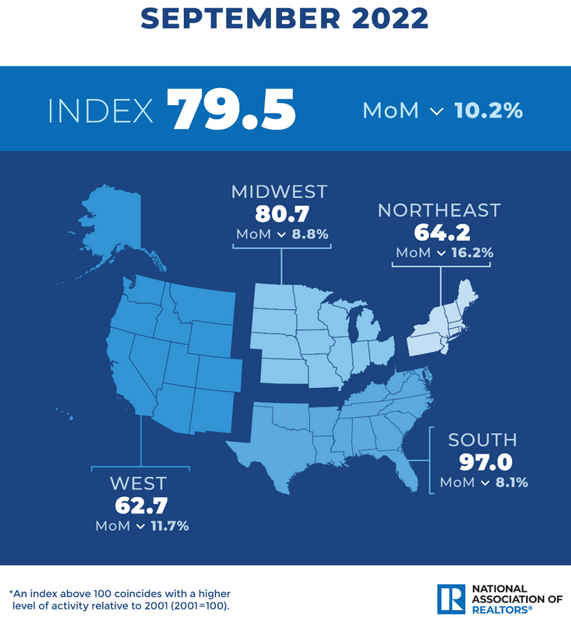Many longtime readers know that I’ve been very critical of the housing market after the massive boom in real estate prices post-COVID.
And as we learned from the underrated Austrian economist – Ludwig Von Mises – the bigger the boom; the bigger the bust.
Thus – after an extraordinary rise in the housing market post-2020 – I believe the housing market’s more fragile than many expect as market liquidity disappears. And will have wide-ranging ripple-effects throughout the economy.
Let me explain. . .
There are two main reasons for this recent housing boom.
And that is greater housing demand spurred by easing from the Federal Reserve. And the decline in supply due to diminishing home building and government policies.
This combination of more demand with falling supply is the backdrop for rising prices.
And over the last twenty-plus years, this correlation has held true.
Just take a look at the chart showing the difference between home price changes and monthly supply of homes on the market. . .

Thus the sudden surge in prices after 2020 shouldn’t come as any surprise.
Why?
Because the Fed spurred demand artificially higher – by cutting interest rates, buying mortgage-backed securities (MBS), etc. All-while the U.S. government curbed supply – by restricting homebuilding, pausing mortgage payments, suspending foreclosures, etc.
And while many of these issues created severe distortions in an already tight housing market over the years (especially the home-building restrictions in major cities that have kept prices artificially high). I believe the Fed’s mortgage-bond buying was the most inflammatory.
That’s because the Fed’s short-sighted policy of buying MBS’s poured gasoline on an already hot housing market.
To put this into context: the Fed bought over $1.5 trillion mortgage bonds in the two years after COVID began. Now MBS’s make up roughly one-third of the Fed’s entire balance sheet.
The Fed bought all this mortgage bonds and kept it on its balance sheet to provide liquidity and prevent housing prices from falling. (Meaning: The Fed’s mortgage bond buying spurred excess demand that wouldn’t have existed in the free market).
But this isn’t something new. . .
The Fed first began buying MBS’s after 2008 to try and prevent housing prices from falling further.
And since then – they have only bought more and more after each slight decline in prices. . .

Thus to recap: the post-COVID artificial demand and weakening supply created a huge boom in housing.
But now – since early-2022 – the Fed’s been tightening financial conditions with rate hikes. And has stopped buying mortgage bonds. And has instead began letting these mortgage bonds on their books expire or be sold back into the private sector. (Thus weighing down prices and sucking capital out of financial system).
The big problem now is that after inflating such a huge housing bubble – the Fed’s current tightening cycle is deflating the housing market.
For instance – home prices plunged 1.5% month-over-month between July and August. A drop that hasn’t happened since 2009.

The housing market is starting to – finally – feel the effects of the Fed’s rate hikes (which has pushed the 30-year fixed mortgage rate above 7% – it’s highest in over 20-years).
But for perspective – even with the momentum turning to the downside – prices are still significantly higher in annual terms (over 12%).
That’s how hot the housing market was.
Still – it’s important to keep in mind that housing prices (especially in the West Coast) are sinking fast.
For instance: of the roughly 900 regional U.S. housing markets within the Zillow Home Value Index (ZHVI) – over 120 saw home price declines in the last 3-month period. And out of those, 20 markets saw home price drops of over 5%.
And it’s not just buyers that are shying away due to soaring rates and diminishing prices.
Sellers are now not entering the market.
Recent data – according to the National Association of Realtors – showed that pending home sales dropped for the fourth straight month. Down over 10% between August and September.
And all four major U.S. regions saw declines compared to last year.

It’s clear that the U.S. housing market is growing more fragile as liquidity (buyers and sellers) both drop out. And fast.
Meanwhile – the Fed continues its tightening path. Increasing this downside.
This will have serious ripple-effects on many individuals and the economy.
For example – the post-2020 boom saw U.S. household wealth explode amid rising asset values (most being stocks and real estate). Hitting an all-time high at the end of 2021.
But since then – as asset prices fall in 2022 – U.S. household wealth sank by a record $6.1 trillion (5.2%) in the second quarter.
And this marks the second consecutive quarterly decline.

The big reason for this decline in wealth was due to the massive $7.7 trillion drop in equity values over the last few months.
Meanwhile real estate prices actually increased $1.4 trillion in the same period. Helping to offset the declines in household wealth.
But – as always – housing prices come with a lag effect (aka it takes a while after the Fed tightens to see the negative impacts; and vice versa).
And now over ten-months into this aggressive tightening cycle – we’re starting to see real estate prices weaken.
Remember: as the infamous macro investor – George Soros – taught; markets are reflexive. This means that human expectations and biases and feedback loops amplify boom-bust cycles. Such as rising prices can lead to more speculative buying and thus higher prices. But also that falling prices can lead to further selling and lower prices. And so on.
I imagine this reflexive loop lower for assets will put further pressure on household wealth and homeowners as the Fed keeps tightening. Possibly leading to further price cuts as marginal owners wish to sell their properties. Compounding the downside.
Either way – the momentum is clearly to the downside as long as the Fed keeps tightening. . .
So – in summary – I believe the weakness in the housing market should continue for the foreseeable future. Most likely into late-2023 due to the lag-effects from the Fed’s tightening.
Home prices outpaced ‘real’ (after inflation) wages by many fold for decades. This means there is an ever-greater amount of debt needed to keep homebuyers buying.
And I don’t expect buyers will easily afford the higher debt costs from the Fed’s rate hikes.
Now – I’m aware there is still a deep housing-supply shortage that’s keeping prices artificially high (thanks to incompetent government policies). Also there’s a significant flood of money that institutional investors are using to scoop up homes as discounts appear. Thus helping prices.
But still – it’s to be seen if these two major factors will prevent further home price declines.
And until otherwise – I expect further housing fragility into 2023. Beware.
